Yes! I'd like to be contacted to schedule a consultation!
Imagine transforming your landscaping business into the go-to service in your area, where customers seek you out rather than the other way around. With effective SEO strategies, you can do just that. By optimizing your online presence, you can attract more potential customers and increase your visibility in the competitive landscaping industry.
In this comprehensive guide, you’ll learn how search engines work, what factors influence your website’s ranking, and practical steps to improve your online visibility.
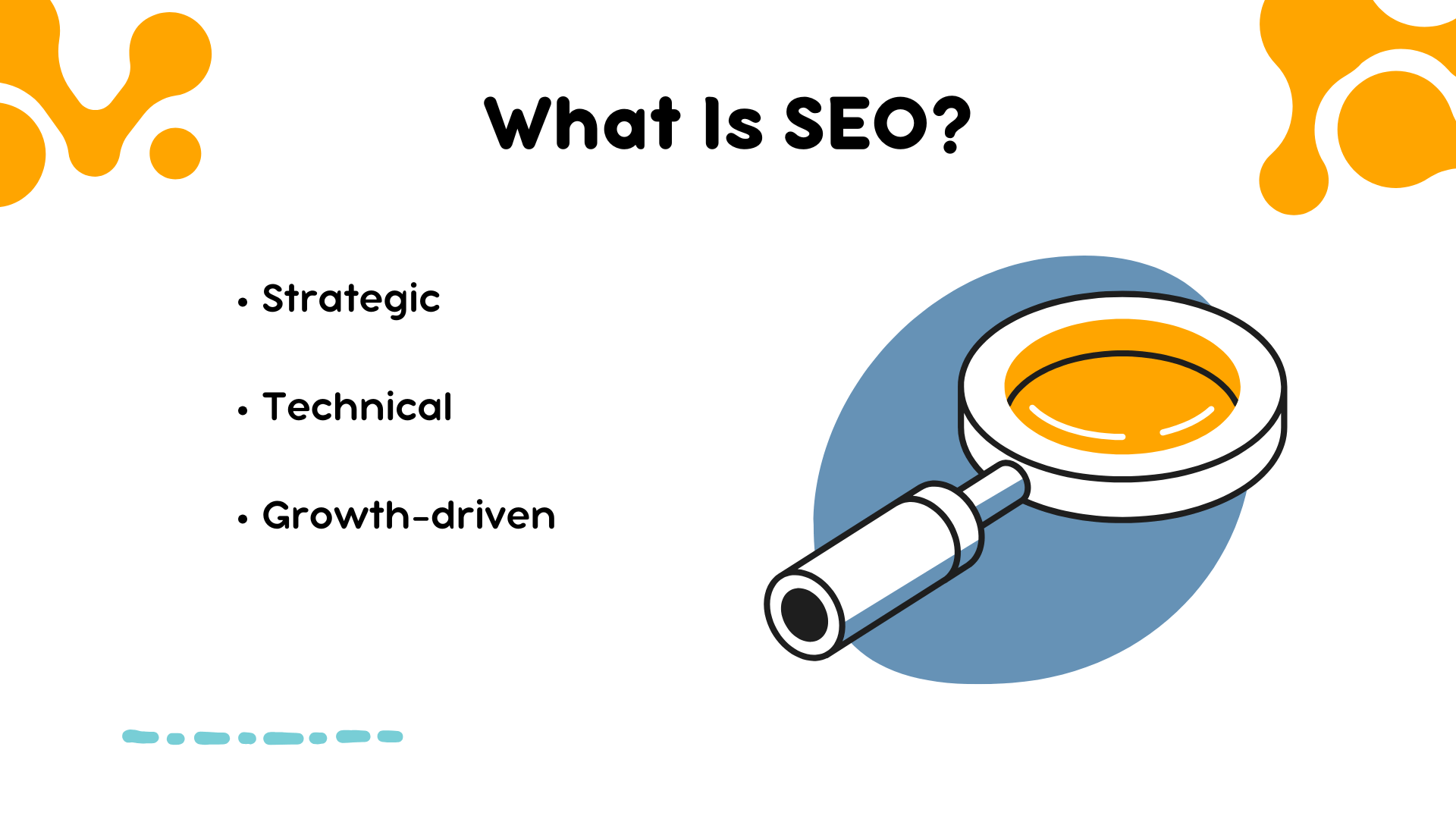
SEO, or Search Engine Optimization, is the practice of improving your website’s visibility on search engines like Google. For landscapers, this means optimizing your site so that when potential customers search for landscaping services like “lawn care” or “garden design,” your business appears at the top of search results.
Research shows that 75% of users never scroll past the first page of search results. This means you can be the best landscaper in your area, but if your website isn’t on the first page of the search results, potential customers won’t even know you exist.
Search engines are known for their complex algorithms, which crawl and index websites to determine their relevance and authority. These algorithms constantly change to provide the most relevant results to users’ search queries.
As a landscaping business, you’ll need to optimize your website and online content based on these algorithms to improve your chances of being favored in the search results.
These factors include:
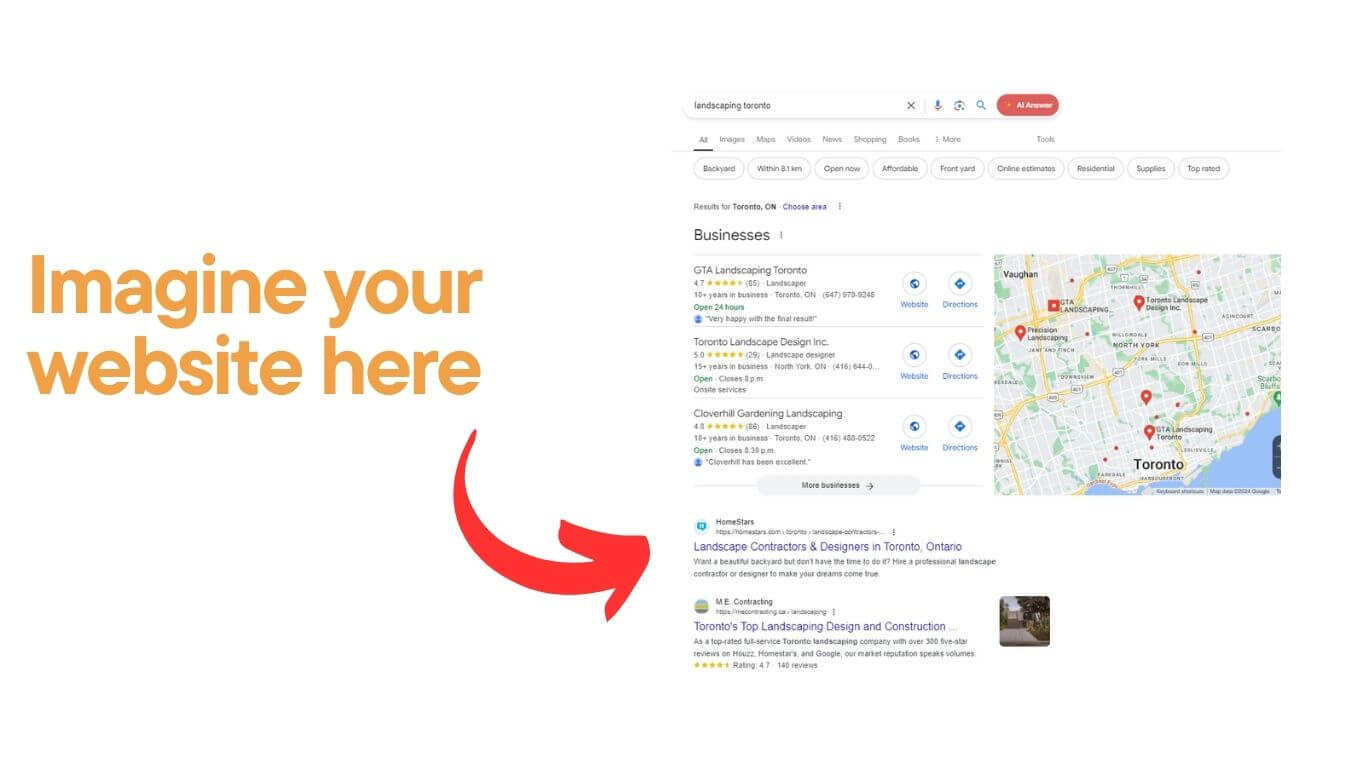
Here are several key benefits of SEO that your landscaping business can leverage:
Keyword research is like planting seeds in a garden—you must choose the right seeds and plant them properly to cultivate a thriving landscape. For keyword research, this means choosing search terms and phrases your potential customers use to find landscaping services.

High-value keywords are terms with high search volume and low competition, making it easier for your website to rank higher in search results. These typically include location-based keywords such as “landscaping services [city]” or “lawn care [city],” as well as specific services like “hardscaping” or “tree trimming.”
Long-tail keywords are longer, more specific phrases that target niche audiences. While they may have lower search volumes, they often have a higher conversion rate as they attract users who are further along in the buying process.
Examples include “where do I find residential landscaping design [city]” or “what are the benefits of organic lawn care maintenance services.”
There are several tools available to help with keyword research, such as:
After digging through all the data and identifying your high-value keywords, it’s time to plant them throughout your website with on-page SEO techniques. On-page SEO refers to the improvements made to your website to make it more appealing and relevant to search engines.

Title tags are like the labels on a plant pot, giving each plant its identity in the garden of the internet. They’re HTML elements that appear in the head section of a webpage and display the title of that page in search engine results.
Using descriptive and enticing language can draw people in and encourage them to explore your website further, much like a beautiful plant grabs attention in a well-tended garden.

Similarly, meta descriptions are like the little blurb on a plant tag that can entice people to pick it up and take it home. They’re short summaries of the web page’s content that appear below the title tag. While meta descriptions aren’t a direct SEO ranking factor, they can influence your click-through rates.
Header tags are like the different sections of a garden, separating and organizing plants into categories. Header tags go from H1s to H6s, with H1 being the most important and used for main headings on a webpage. Using header tags correctly can help improve the readability and structure of your content.
Example:
<h1>Expert Landscaping Services</h1>
<h2>Lawn Experts Serving [Your Target Location]</h2>
<h3>What Sets [Your Company Name] ’s Lawn Specialists Apart?</h3>

Images are a great way to add visual interest and break up text on a webpage. However, they also provide another opportunity for optimization. Use descriptive file names and alt tags that contain keywords while accurately describing what’s in the image. This can help your website show up in image search results and make it more accessible for those using screen readers.
Example:
If the image above was being used on a page about landscape walkway design services, you could use a file name like "landscape-walkway-design.jpg" and an alt tag like “a gravel walkway in a garden with wooden benches, surrounded by green grass, trees, and shrubs.”
Like the flowers in a garden, your content is what visitors are coming to your website to see. To create high-quality content, focus on providing valuable and relevant information to your target audience.
Use keywords naturally throughout the content and include links to credible sources for additional information. This will help establish your website as a trustworthy source of information and improve its ranking in search results.
Examples of landscaping-related content include:
Don’t have the time to create your own content? LinkNow offers professional content writing services to showcase your landscaping services and expertise.
Internal links are the branches that connect different pages of your website, providing an organized structure for users and search engines. When creating internal links, use relevant anchor text that includes keywords to help search engines understand the context of the linked page.
This can also help guide users to related content on your website, keeping them on your website longer and potentially leading them towards a conversion.
Much like nutrient-rich soil nurtures a plant’s roots, technical SEO provides the foundational support for your website, ensuring it’s healthy and thriving online. This involves optimizing your website’s technical elements, such as crawlability, site speed, mobile-friendliness, security, and more.

Crawling and indexing are key components of SEO that directly impact how your website is presented in search engine results. Crawling is the process where search engine bots are sent to systematically browse the web to discover new and updated pages.
Ensuring your website is easily crawlable involves:
No one likes slow websites and this sentiment is shared by search engines. A website’s loading speed is an important part of technical SEO as it hugely impacts user experience and bounce rates. Studies show that 53% of mobile users abandon a site that takes longer than three seconds to load the source. The ideal loading time for a website is two seconds or less.
To improve your site speed, you can:

These days, everyone is on their phone, and search engines recognize this by prioritizing mobile-friendly websites in their results. So, if your website isn’t optimized for mobile, your visitors are likely to leave and look elsewhere for the information they need.
To ensure your website is mobile-friendly, consider the following strategies:
A secure website is essential for building user trust and improving search engine rankings. Google is more likely to rank websites with HTTPS encryption, as over 70% of page one results on Google are HTTPS. An HTTPS encryption requires an SSL certificate, which can be obtained through your web host or a third-party provider.
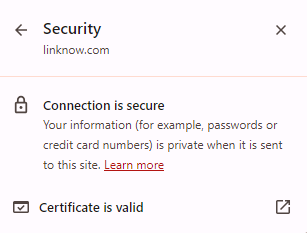
An SSL certificate proves your website’s identity and encrypts information sent to the server. It ensures that any data transmitted between the user’s browser and the website remains private and secure.
To get an SSL certificate, you will need to:
Once these steps are complete, you’ll have a secure website with the padlock symbol in the URL bar, which indicates that it’s safe for users to browse and submit personal information.
Structured data gives search engines a clear set of instructions about what your webpage contains. This is like organizing plants into neat rows and labeling them to make it easier for others to identify what each plant is. Structured data uses specific tags to help search engines understand your site’s content, whether it’s services, products, or information.
An example of how schema markup can help you appear more prominently in search results is the below featured snippet. Google has pulled information matching the searcher’s query directly from a website and displayed it on the results page, negating the searcher’s need to click on a link.
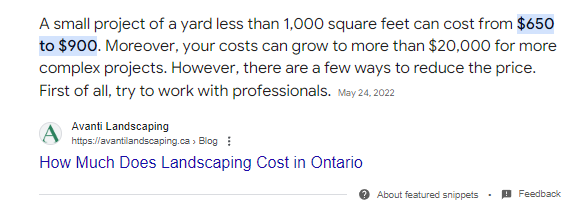
Using structured data makes it easier for search engines to display rich snippets, which can attract more visitors to your site. This improves visibility and helps users find exactly what they’re looking for more efficiently.
To implement structured data and schema markup on your website, you will need to:
Want a website that checks all the boxes of technical SEO? LinkNow offers various website packages that provide just that. All our websites are professionally designed, secured with HTTPS, and optimized with structured data for search engine friendliness.
Off-page SEO focuses on nurturing your website’s visibility and online reputation through external factors. For landscapers, this can involve creating a strong online presence through directory listings, engaging with other plant enthusiasts on social media platforms, and building backlinks from landscaping-related websites.
Backlinks are hyperlinks from one website to another that serve as a vote of confidence and authority. Earning backlinks from reputable and relevant websites like gardening blogs, local business directories, and horticultural associations can show search engines that your website is a reliable source of information for landscaping topics, which can boost your search rankings.
As a landscaper, there are a few strategies you can use to attract backlinks from relevant websites:
If you need help building backlinks, LinkNow offers a comprehensive backlinking service for landscapers. We have a network of authoritative websites in the landscaping industry that we can use to get your website noticed and ranking higher on search engine result pages.

Almost everyone has a social media presence these days, and as a landscaper, you should, too. Social media platforms like Facebook, Instagram, and X offer opportunities for you to showcase your work, read others’ opinions on your business, and drive traffic to your website. An active social media presence also signals to search engines that a real business runs your website.
The great thing about landscaping is that it lends itself well to visual platforms like social media.
Here are some tips for maximizing your presence on various social media channels:
Local SEO means optimizing your online presence for local search queries. Unlike standard SEO, which aims to improve visibility on a broader scale, local SEO targets specific geographic areas to connect your business with potential customers near you.
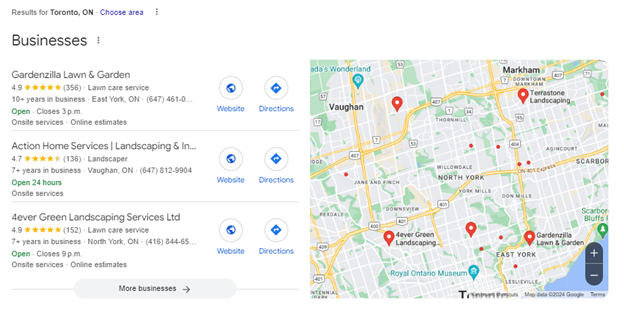
For instance, if someone searches for “landscaping services near me,” local SEO helps your business appear prominently in search results, often on Google Maps.
To fully take advantage of local SEO, you’ll need to create a Google Business Profile. This will allow you to appear in Google Maps and local search results and display important information such as your business’s address, contact information, hours of operation, and reviews.
To claim your listing:
Once verified, you’ll have access to your business profile, where you can add more information and photos, respond to reviews, and track analytics.
As you target local customers, your website and its content should also be optimized for local keywords that potential customers might use in their search queries.
Some examples of local keywords for landscaping contractors could include:
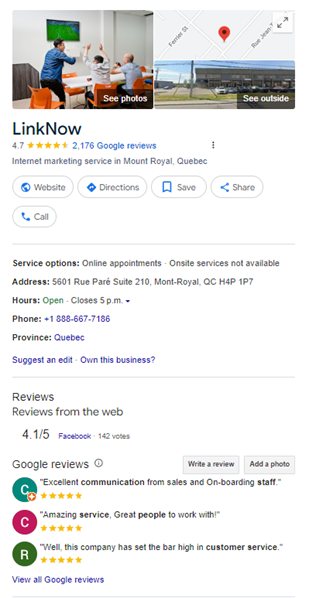
You’ll also need to create location-specific landing pages on your website for each area that you serve. This will show search engines that you’re relevant to those specific locations and improve your chances of appearing in local search results.
Local citations are online mentions of your business information, including name, address, and phone number (NAP), on other platforms and directories. For a landscaper, having consistent and accurate local citations helps establish your business credibility and improves your visibility in local search results.
Here are some popular local directories and websites where you can list your landscaping business:
Do you need help building citations for your business? LinkNow’s citation management service can help you create and maintain consistent citations across multiple platforms.
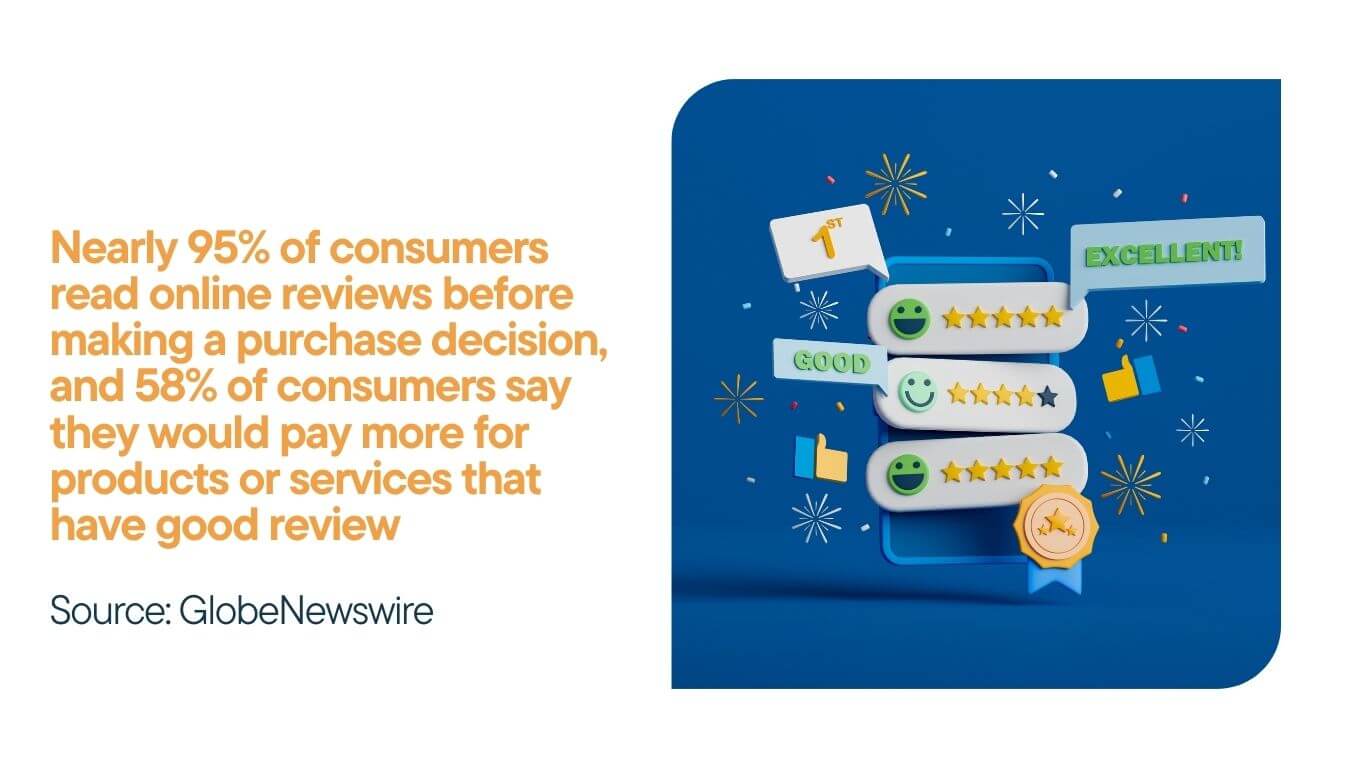
The reviews on your business’s Google Business Profile page and other online directories can make or break your reputation. Positive reviews can attract new customers, while negative ones can turn potential clients away. This is why you must actively manage and respond to your online reviews.
Asking for reviews may seem like a hassle, but there are simple ways to encourage customers to leave a review for your landscaping business:
While it’s important to maintain a positive online reputation, negative reviews are inevitable.
Instead of ignoring or deleting them, here are some steps you can take:
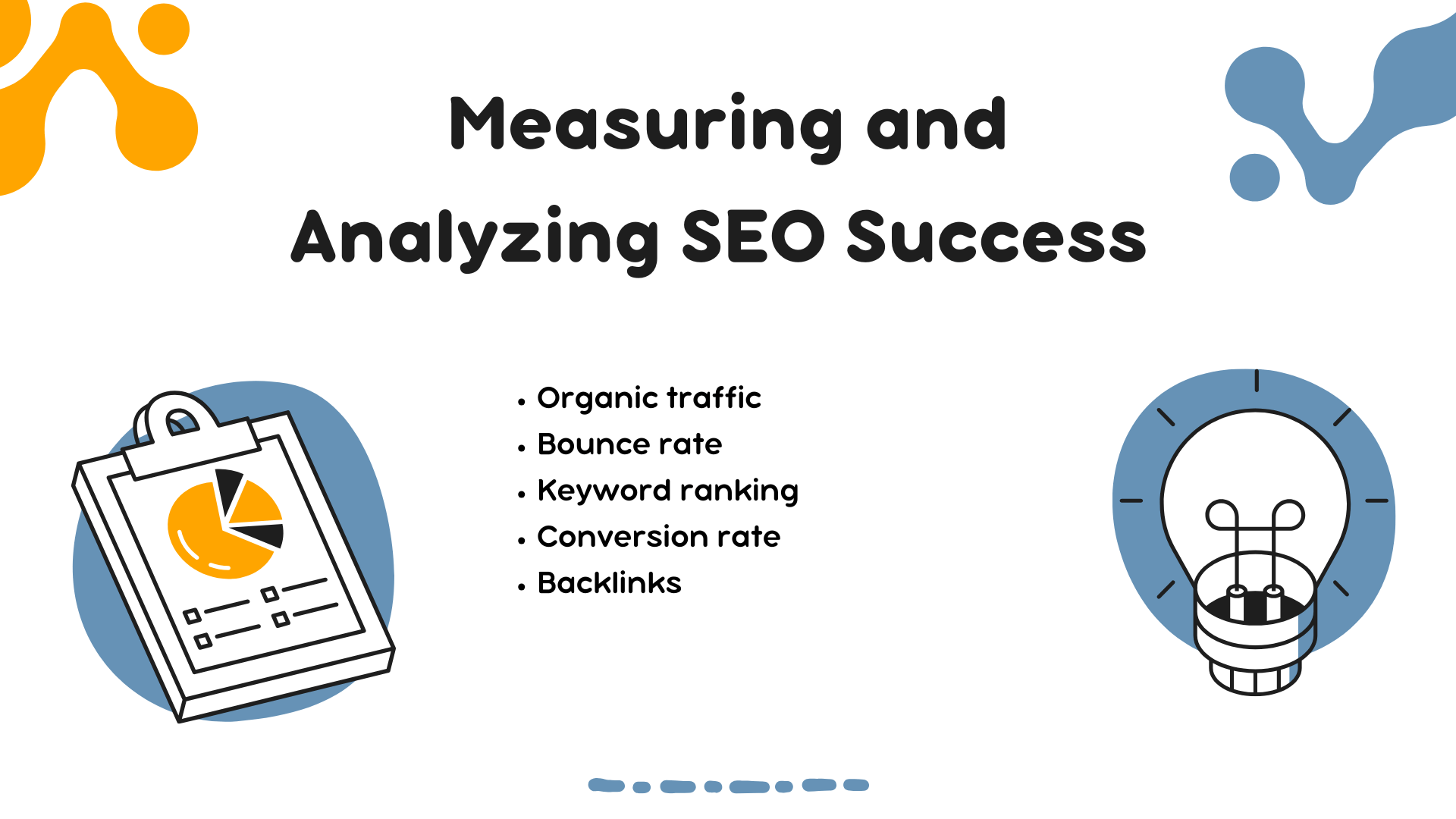
Just as a seasoned gardener monitors plant growth and adjusts care tactics accordingly, the same approach should be taken when measuring and analyzing the success of your landscaping business’s SEO efforts. This involves tracking key metrics and making data-driven decisions to improve your online presence.
If you’re trying to rank on Google, it only makes sense to use Google Analytics as your main tool for monitoring website traffic. Best of all, it’s free to use and offers valuable metrics for your site.
To set up Google Analytics for your landscaping business:
Knowing which metrics to focus on can be overwhelming, given the many available metrics. To make things easier, we’ve trimmed down the list to the key metrics most important for measuring and analyzing your landscaping business’s SEO success.
This includes:
Monitor and analyze these metrics regularly to maximize your SEO efforts. By tracking key performance indicators (KPIs) and comparing them over time, you can gain insights into what works well for your landscaping business’s online presence and where there is room for improvement.
For example, if your website traffic is low but your conversion rates are high, it may indicate that you’re targeting the right keywords but need to focus on increasing overall visibility. On the other hand, if both website traffic and conversion rates are low, it’s likely time to re-evaluate your keyword strategy and optimize content for more relevant terms.
We’ve covered a lot of information about SEO best practices, but as with any marketing tactic, some mistakes can hinder your efforts.
Here are a few mistakes to keep in mind and avoid:
Your landscaping business deserves the best visibility possible, and SEO can be a powerful tool for achieving that.
With the right keyword research, on-page/off-page optimization, local SEO tactics, and consistent monitoring, your website can rank higher in search engine results pages. Remember to not overdo it with keywords, keep your website mobile-friendly, and regularly update your content to see long-term results. With the right strategies, your website will bloom and attract potential customers from all over.
Unsure where to start with your landscaping SEO strategy? LinkNow is here to help! Our SEO experts are dedicated to helping businesses like yours rank higher and attract more customers.
Contact us today at 1 (888) 667-7186 or online and learn how we can take your lawn care business to the next level.